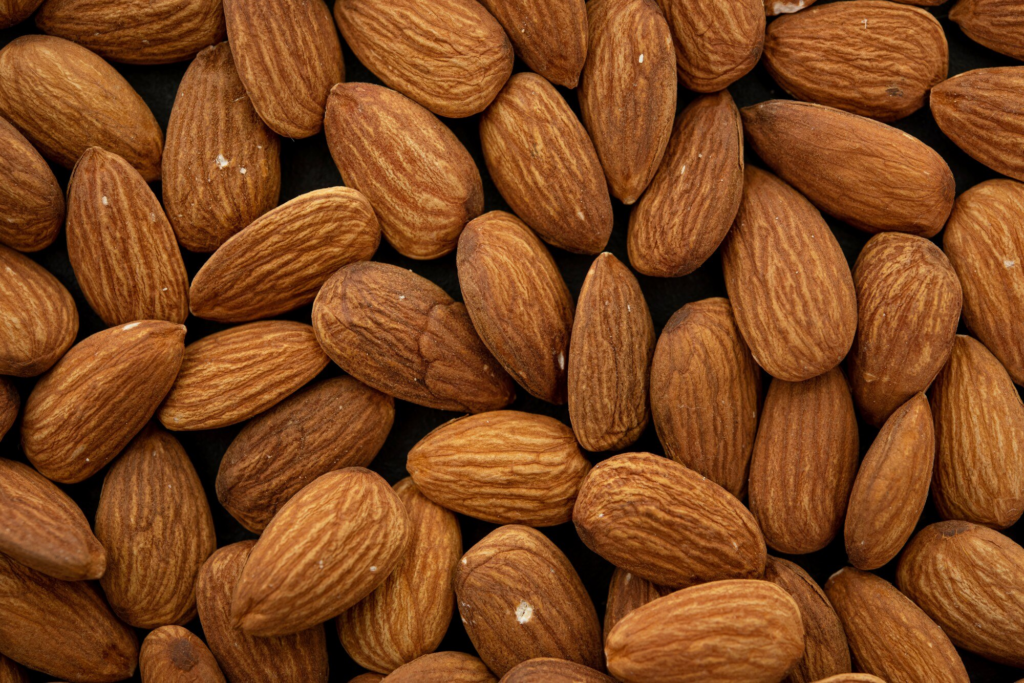Homemade Fertilizers for Growing Beautiful Tomatoes in Containers
1. Eggshell Fertilizer:
- How to Make: Crush and grind dried eggshells into a fine powder.
- Usage: Mix the powdered eggshells into the soil before planting or sprinkle around the base of established plants.
- Frequency: Apply every few weeks to supplement calcium, promoting healthy fruit development and preventing blossom end rot.
2. Banana Peel Fertilizer:
- How to Make: Chop banana peels into small pieces and steep them in water for a few days.
- Usage: Use the banana peel-infused water to water tomato plants.
- Frequency: Apply weekly for a boost of potassium, aiding in overall plant growth and fruit development.
3. Coffee Grounds Fertilizer:
- How to Make: Collect used coffee grounds.
- Usage: Mix the grounds into the soil or create a compost tea by steeping them in water.
- Frequency: Apply monthly to enhance soil fertility and improve drainage.4. Milk Fertilizer:
- How to Make: Mix milk with water (1:4 ratio).
- Usage: Use the diluted milk solution to water tomato plants.
- Frequency: Apply bi-weekly to strengthen plant cell walls and prevent diseases like powdery mildew.
5. Molasses Fertilizer:
- How to Make: Dilute molasses in water.
- Usage: Use the solution to water tomato plants.
- Frequency: Apply every three to four weeks to promote microbial activity in the soil, aiding nutrient uptake.
6. Epsom Salt Solution:
- How to Make: Dissolve Epsom salt (magnesium sulfate) in water.
- Usage: Apply the solution around the base of the tomato plants.
- Frequency: Apply every two to three weeks to supplement magnesium, aiding in chlorophyll production and overall plant health.
7. Fish Emulsion Fertilizer:
- How to Make: Mix fish scraps or fish parts in water and allow it to decompose.
- Usage: Dilute the fish emulsion with water and apply it as a soil drench or foliar spray.
- Frequency: Apply every two to four weeks to provide essential nutrients like nitrogen and phosphorus for vigorous growth.
Tips for Application:
- Water the plants well before applying any fertilizer to prevent root burn.
- Apply fertilizers in moderation; excess nutrients can harm plants.
- Rotate the types of homemade fertilizers used to ensure a balanced nutrient uptake.
- Monitor plant health and adjust the frequency of fertilization based on their response.
By utilizing these homemade fertilizers, including the unique milk-based option, you can provide your container-grown tomatoes with essential nutrients, fostering healthy growth, robust fruit production, and resilience against common diseases. Experiment with these natural fertilizers to discover the best combination for your tomato plants and enjoy a rewarding harvest right from your home garden.



 Clears mucus instantly!
Clears mucus instantly!
